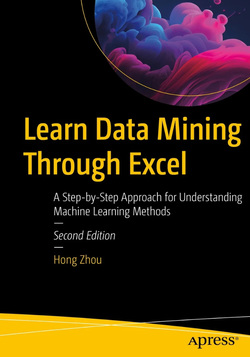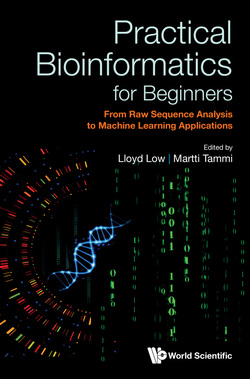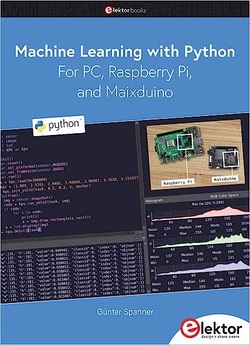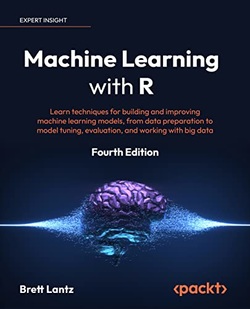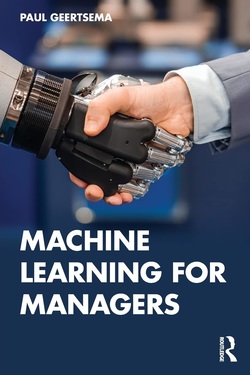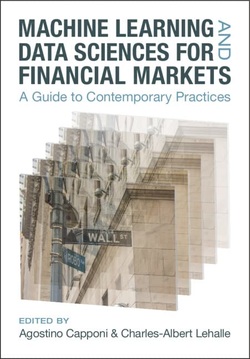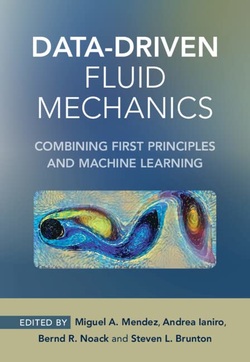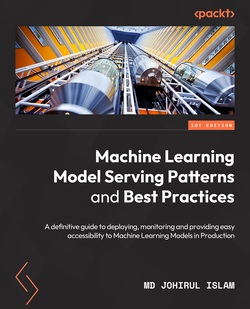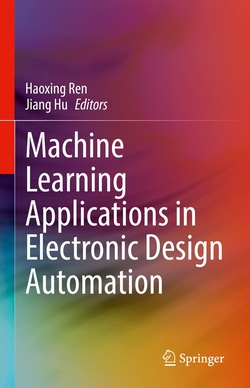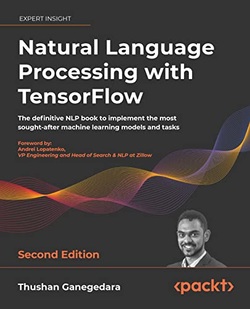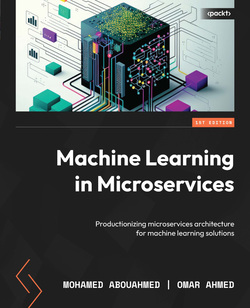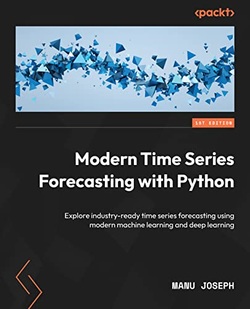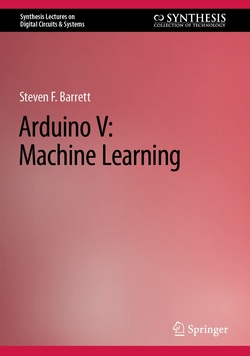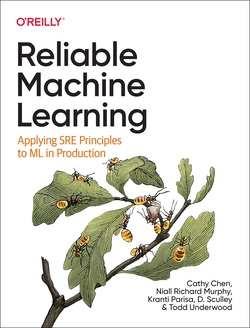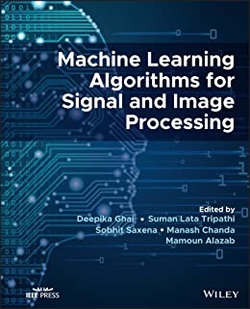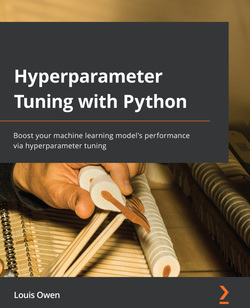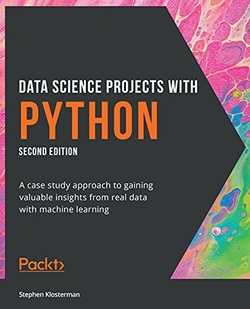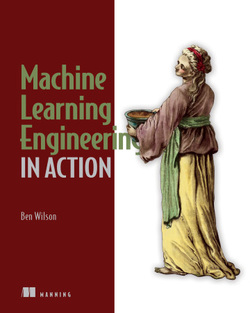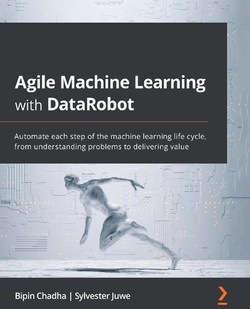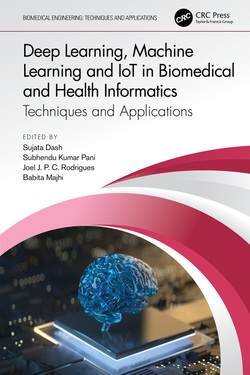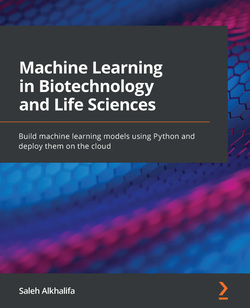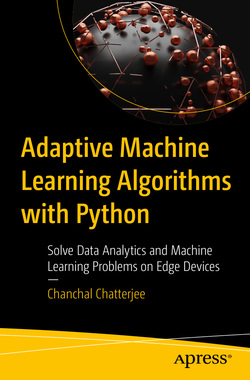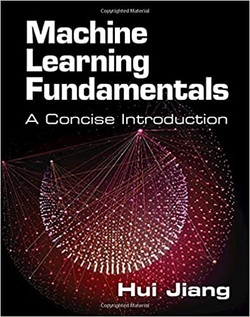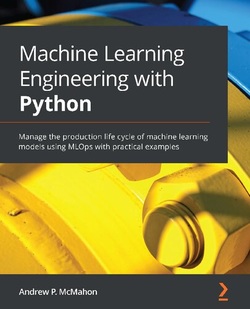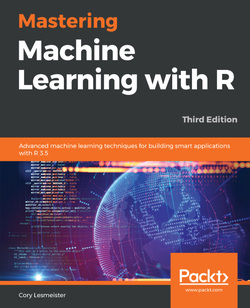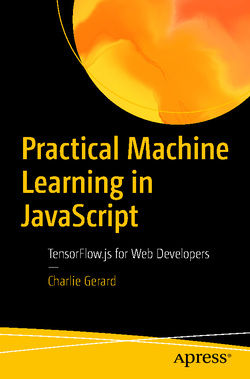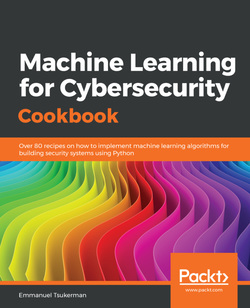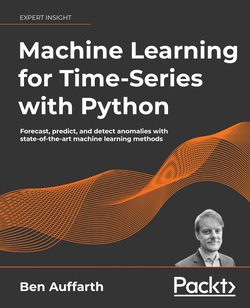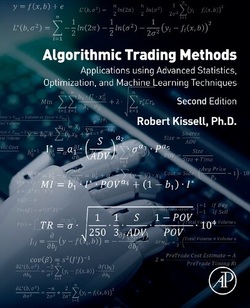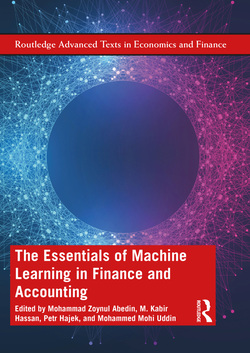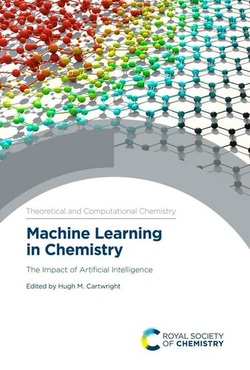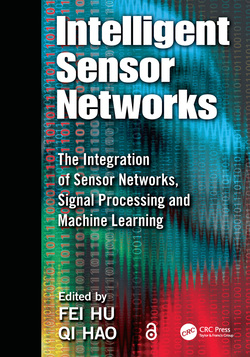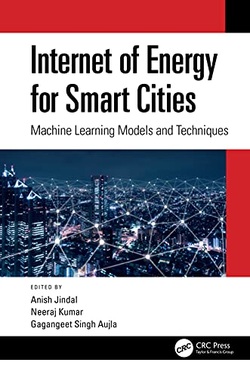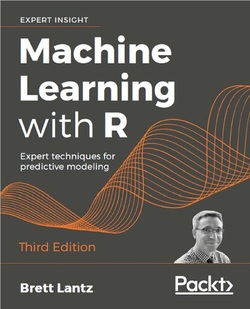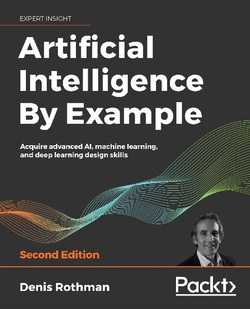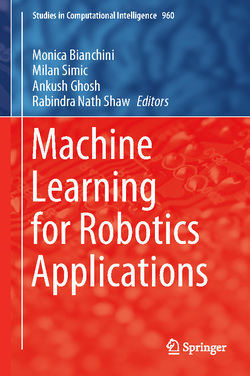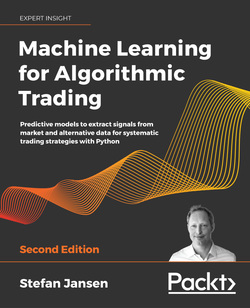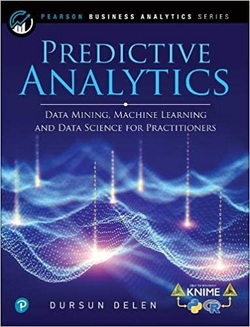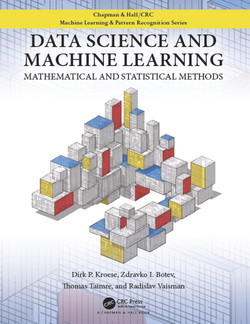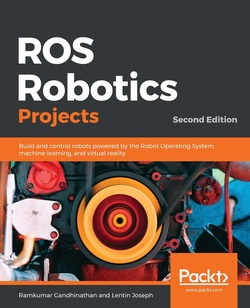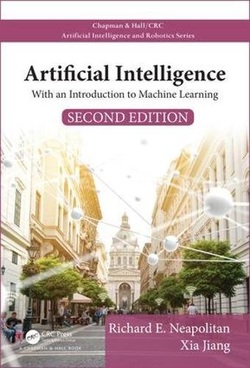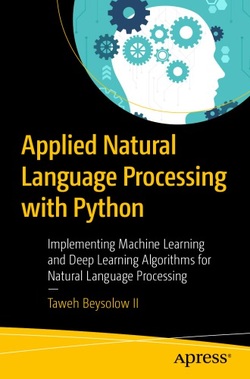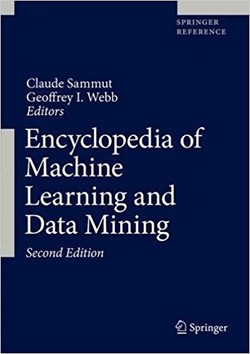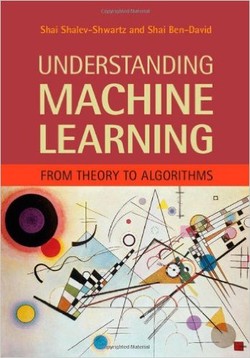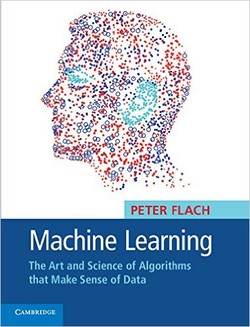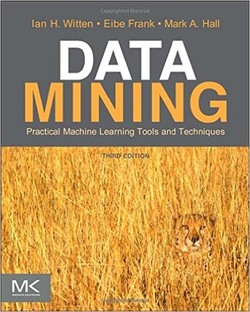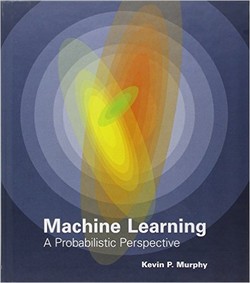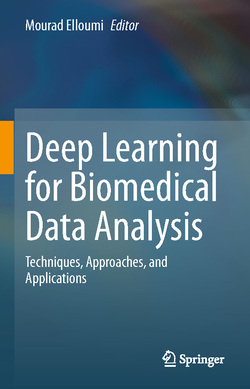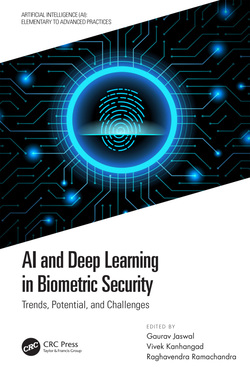یادگیری ماشین در محیطهای غیرثابت
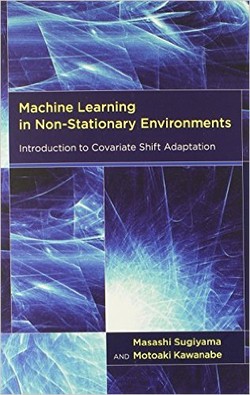
کتاب “یادگیری ماشینی در محیطهای غیرثابت” بر محیطهای خاص غیر ثابت تمرکز میکند که بهعنوان یک تغییر همگام در شرایطی که توزیع ورودیها (پرسوجوها) تغییر مییابد اما توزیع مشروط خروجی (پاسخها) قابل تغییر نیست، شناخته شده است. همچنین به ارائه نظریه یادگیری ماشینی، الگوریتمها و برنامههای کاربردی برای غلبه بر این تنوع غیرثابت، میپردازد.
نویسندگان بعد از مرور تحقیقات جدید در این زمینه، دررابطه با موضوعاتی ازجمله یادگیری تحت تغییر همگام، انتخاب مدل، برآورد اهمیت و یادگیری فعال، به بحث میپردازند. آنها کاربردهای دنیای واقعی تطابق تغییر همگام ازجمله رابط مغز و کامپیوتر، شناسایی گوینده و پیشبینی سن ازطریق تصاویر صورت را توصیف میکنند.
نویسندگان با این کتاب، بهدنبال تشویق به پژوهشهای آینده درزمینه یادگیری ماشینی، آمار و مهندسی هستند که برای خلق ماشینهای یادگیری کاملا مستقل که قادر به یادگیری در محیطهای غیر ثابت میباشند، تلاش میکنند.
نویسندگان بعد از مرور تحقیقات جدید در این زمینه، دررابطه با موضوعاتی ازجمله یادگیری تحت تغییر همگام، انتخاب مدل، برآورد اهمیت و یادگیری فعال، به بحث میپردازند. آنها کاربردهای دنیای واقعی تطابق تغییر همگام ازجمله رابط مغز و کامپیوتر، شناسایی گوینده و پیشبینی سن ازطریق تصاویر صورت را توصیف میکنند.
نویسندگان با این کتاب، بهدنبال تشویق به پژوهشهای آینده درزمینه یادگیری ماشینی، آمار و مهندسی هستند که برای خلق ماشینهای یادگیری کاملا مستقل که قادر به یادگیری در محیطهای غیر ثابت میباشند، تلاش میکنند.
سال انتشار: 2012 | 280 صفحه | حجم فایل: 12 مگابایت | زبان: انگلیسی
Machine Learning in Non-Stationary Environments
نویسنده
Masashi Sugiyama, Motoaki Kawanabe
ناشر
The MIT Press
ISBN10:
0262017091
ISBN13:
9780262017091
قیمت: 16000 تومان
برچسبها: یادگیری ماشین
As the power of computing has grown over the past few decades, the field of machine learning has advanced rapidly in both theory and practice. Machine learning methods are usually based on the assumption that the data generation mechanism does not change over time. Yet real-world applications of machine learning, including image recognition, natural language processing, speech recognition, robot control, and bioinformatics, often violate this common assumption. Dealing with non-stationarity is one of modern machine learning's greatest challenges. This book focuses on a specific non-stationary environment known as covariate shift, in which the distributions of inputs (queries) change but the conditional distribution of outputs (answers) is unchanged, and presents machine learning theory, algorithms, and applications to overcome this variety of non-stationarity. After reviewing the state-of-the-art research in the field, the authors discuss topics that include learning under covariate shift, model selection, importance estimation, and active learning. They describe such real world applications of covariate shift adaption as brain-computer interface, speaker identification, and age prediction from facial images. With this book, they aim to encourage future research in machine learning, statistics, and engineering that strives to create truly autonomous learning machines able to learn under non-stationarity.
